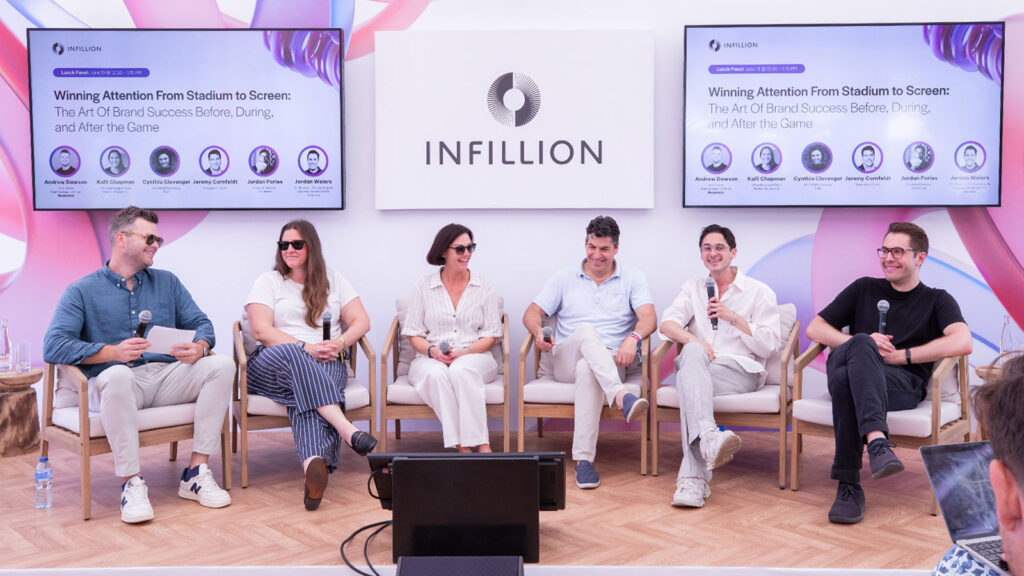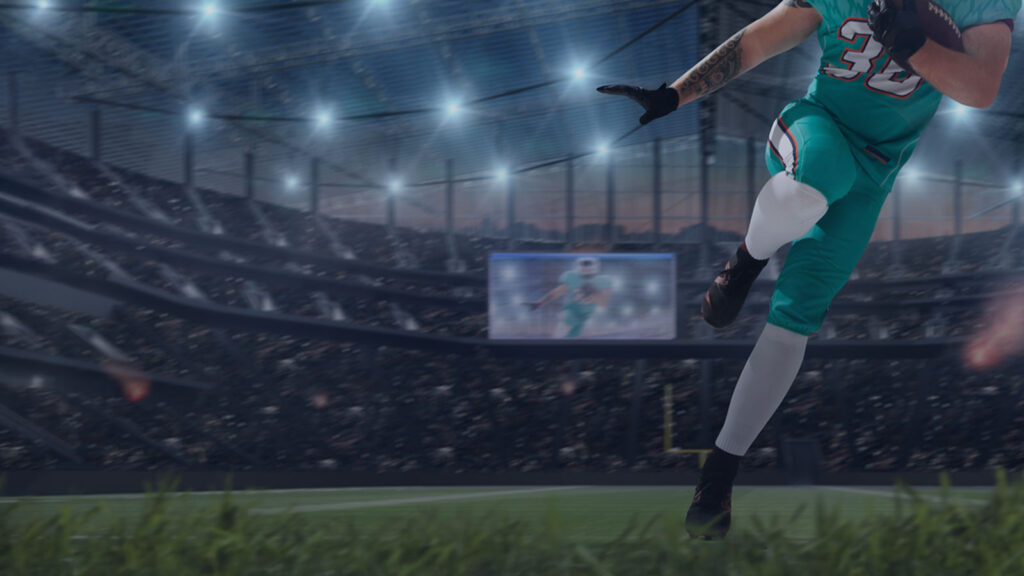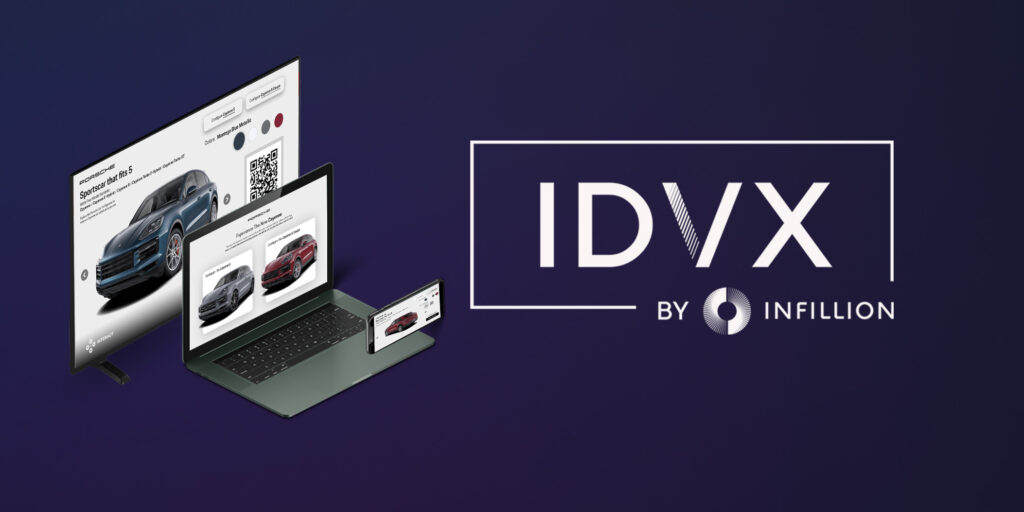Be Seen. Be Heard. Be Live. March Madness 2026 Is Your Brand’s Slam Dunk Opportunity.
As brands prepare to navigate a crowded advertising ecosystem in 2026, one thing is clear: March Madness remains a prime moment to connect with audiences in ways that are live, immersive, and impossible to ignore.









